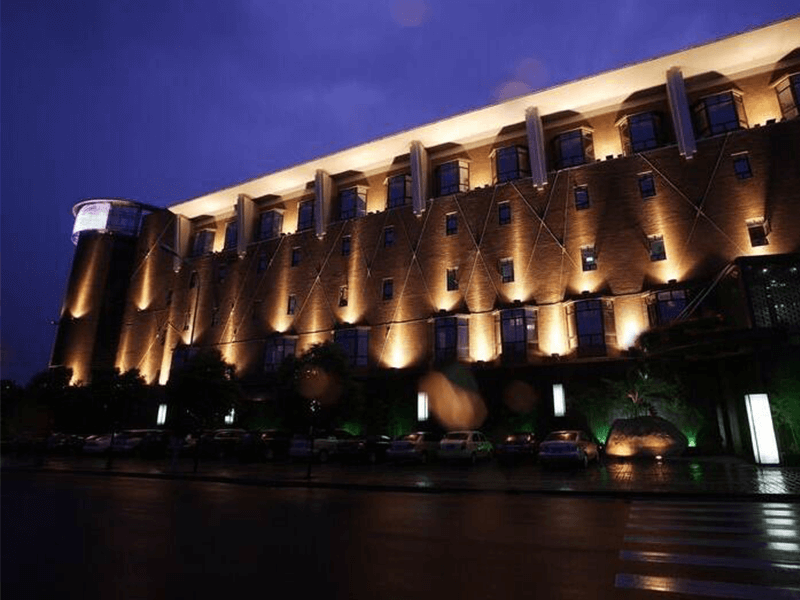Per the prevailing user consensus, LED lighting is a more efficient, advantageous, and brighter alternative than traditional fluorescent or incandescent bulbs. Historically associated with high-end establishments due to their superior quality, LEDs have become more cost-effective and are now widely adopted for residential, office, and institutional settings.
While the initial cost of LEDs may be higher than that of standard bulbs, their longer life cycle makes them a more cost-effective and sustainable choice in the long run. In contrast, offices illuminated by fluorescent lights can contribute to adverse effects on employees, including an elevated risk of headaches, migraines, anxiety attacks, and unexplained fatigue.
Regarding power efficiency, the critical distinction between LEDs and fluorescents lies in their efficacy. LEDs excel by not wasting energy, as they create lumens without requiring higher wattage. This is attributed to the compact design of LEDs, eliminating the need for half-globe lights commonly associated with fluorescents.
Regarding light quality, LEDs are renowned for their consistent brilliance, devoid of flickering or other issues. This quality remains unaffected regardless of the situation, outshining regular bulbs. Regarding durability, although fluorescent light fixtures fall short of incandescents, LEDs still boast superior lumen output and startup times. Despite drawbacks like flickering and brightness reduction over time, LEDs exhibit only a 20% increase compared to the 70% decline in performance in fluorescent lamps.
Examining color temperature and rendering, LEDs emerge as the superior choice. They offer enhanced color rendering, allowing the eyes to perceive various hues without strain. Furthermore, LEDs boast a broader temperature range compared to fluorescents, which are limited in providing either warmth or chilliness based on individual preferences.
In dimming capabilities, both LED and fluorescent lights offer dimmability. However, utilizing ballasts, fluorescent lights encounter challenges in achieving effective dimming. In contrast, LEDs, equipped with internal drivers, ensure energy efficiency and deliver consistent light output across various settings without compromising aesthetic appeal or warmth.
